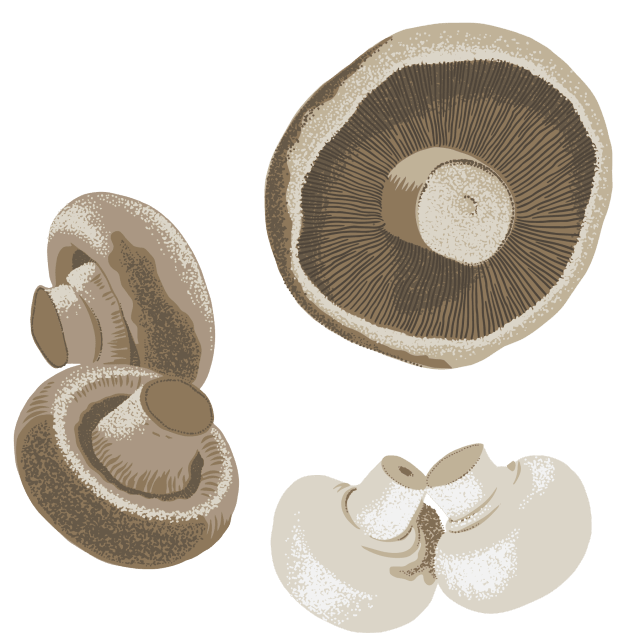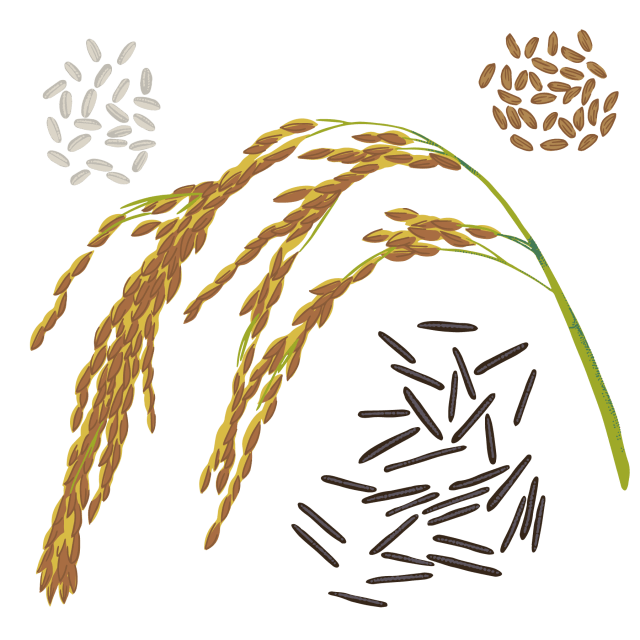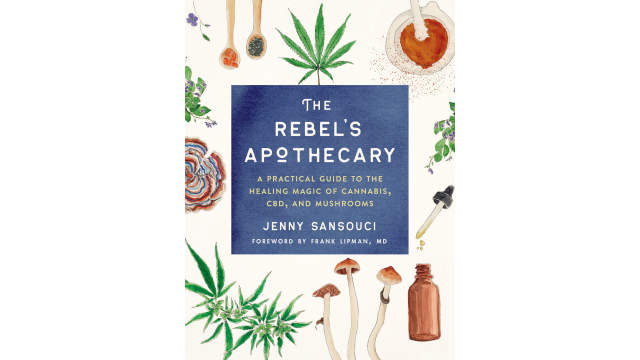Chaga

Latin name: Inonotus obliquus
Other names: clinker polypore, sterile conk, trunk rot of birch
Uses: beverage, folk medicine
What is chaga?
Chaga is the fruiting body of a carpophore fungus that parasitizes birches and causes heart rot in the trees. Chaga produces a corky, black conk that looks like a lump of charcoal emerging from a branch scar on the tree trunk. But when you cut it open, you’ll see its vibrant orange-brown interior.
Why is chaga healthy?
Like other mushrooms, chaga is a great source of B vitamins that can help improve energy and reduce fatigue. While studies are still limited and ongoing, multiple studies in animals show that chaga’s antioxidant properties can reduce the symptoms of irritable bowel syndrome. Chaga is also showing promise in reducing the size of cancerous tumors and providing immune system support during chemotherapy.
As a dietary supplement, chaga may also have other health benefits, such as reducing LDL cholesterol and lowering blood glucose levels. However, chaga is also high in oxalates; taking too much in supplement form can cause kidney stones for those who are prone to developing them.
What does chaga taste like?
Chaga tea has a mild, earthy flavor like mushroom stock with a slightly bitter edge. Some folks pick up on the faint vanillin aroma in the conk, and others report that it tastes like coffee.
How do I prepare chaga?
Unlike most other culinary fungi, chaga isn’t cooked and eaten. It’s most commonly dried and powdered to add to coffee or tea or steeped in hot water to drink as a decoction; you can brew the same batch twice without losing flavor or potency. Once steeped, you can also use it as stock for soup or cooking rice. If you forage your own, you should either chop and dry it or dry and grind it for best storage.
What does chaga pair well with?
Some people find the subtle earthy flavor to be improved by a squeeze of lemon (or best buried entirely by a spoonful of honey), or you can add the powder to a matcha or turmeric latte.
Where does chaga grow?
Chaga grows in birch forests (and sometimes on alders, beeches, and poplars) in the northern parts of Europe and Asia. The name “chaga” comes from the word for “mushroom” in the Komi language spoken by the indigenous people in the Kama River Basin west of the Ural Mountains in Russia.
How to buy chaga
Chaga is sold dried, either in chunks or powdered (sometimes in capsules), or in liquid tincture form. Look for it in the nutritional supplements section of natural foods stores.
Fun chaga fact
Because of its slight bitterness, chaga has recently been used as a substitute for hops in brewing beer (especially stouts and porters as well as nonalcoholic brews). It’s also used in brewing root beer and kombucha.




